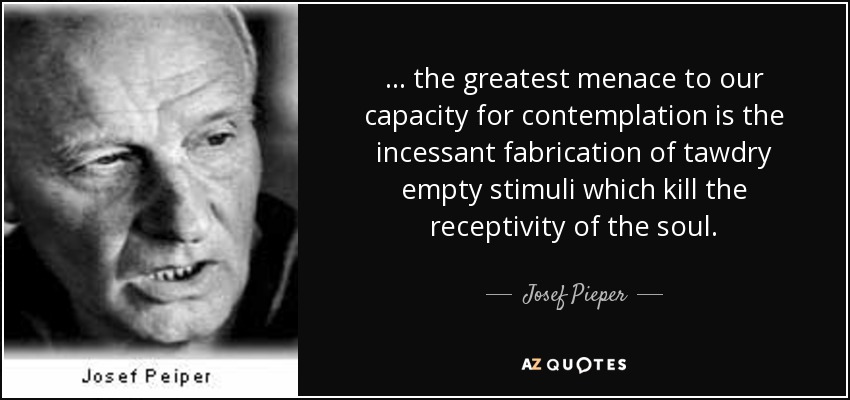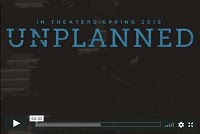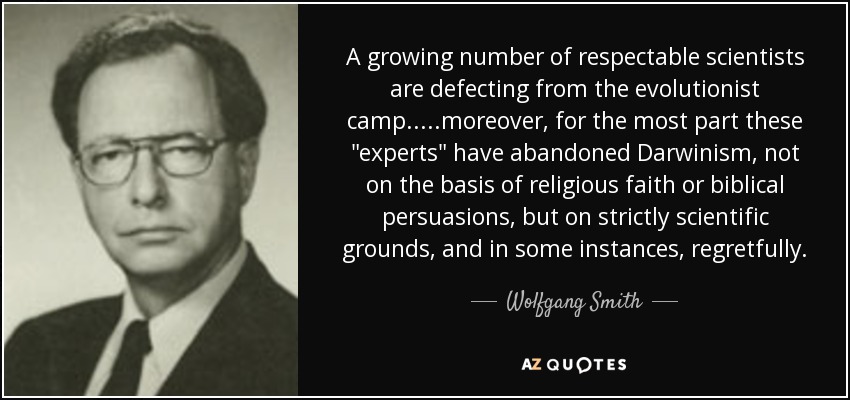by
Damien F. Mackey
‘Who gives the ibis wisdom or gives the rooster
understanding?’
Job 38:36
When I see ibis (plural?) picking around somewhat indiscriminately
in garbage tins in my local area (Waterloo, Sydney), the thought of ‘wisdom’
does not immediately spring to my mind. Yet the Lord, when cross-examining the
prophet Job - who had shown himself to have been a little too big for his boots
- will attribute ‘wisdom’ (חָכְמָ֑ה) to the ibis bird, and ‘understanding’ (בִינָֽה) to the rooster.
It
is interesting that the ibis and the rooster were considered, among the
ancients, to have possessed some degree of prescience.
Did not the Egyptians even depict their popular god of
wisdom, Thoth, with an ibis head?
And Egypt may possibly have exerted some degree of influence upon the
author of Job:
Egyptian Influence Upon
Book of Job
Job
himself is traditionally considered to have spent some time in Egypt - and even
to have been a one-time ruler (probably as a governor for Assyria) of Egypt.
Whilst
it does need to be noted that some translations of Job 38:36
omit the ibis and the rooster, preferring something like this: ‘Who put wisdom in
people's inner parts? Who gave understanding to the mind?’, there may be good reason
to retain the bird readings. For instance, we read in Job, Ecclesiastes, Song of Songs by
August H. Konkel and Tremper Longman III (p. 223):
38:36 heart . . . mind. Lit., “ibis . . . rooster.” The mention of the ibis (tukhoth [TH2910, ZH3219]) and the
rooster (sekwi [TH7907, ZH8498]) in
this verse has been made clearer by the discovery of a seal at Nimrod dating from the eighth century
before Christ. The ibis as the bird
of the Egyptian god Thot is well known as announcing the flooding of the Nile.
Ancient Jewish and Christian tradition has associated the rooster with the
announcement of coming rain.
This idea has been confirmed by
an eighth-century seal from Calah that has an image of the
rooster with the water jars of heaven (Keel 1981:221-222). The ibis and the rooster were believed to have wisdom, for they predicted the
coming of the rain.
[End of quote]
In the New Testament a
rooster figures significantly during the Passion of Jesus Christ, who had told
his Apostles (Mark 14:27-30, 66-72):
“You will all fall away,” Jesus told them, “for it is written:
“‘I will strike the shepherd, and the sheep will be
scattered.’
But after I have
risen, I will go ahead of you into Galilee.”
Peter declared, “Even if all fall away, I will
not.”
“Truly I tell you,” Jesus answered, “today—yes, tonight—before the rooster crows twice
you
yourself will disown me three times.”
….
Peter Disowns Jesus
While Peter was below in the courtyard, one of the servant girls of
the high priest came by. When she
saw Peter warming himself, she looked closely at him.
“You also were with that Nazarene, Jesus,” she said.
But he denied it. “I don’t know or understand
what you’re talking about,” he said, and went out into the entryway.
When the servant girl saw him there, she said
again to those standing around, “This fellow is one of them.” Again he denied it.
After a little while, those standing near said to Peter, “Surely you
are one of them, for you are a Galilean.”
He began to call down curses, and he swore to
them, “I don’t know this man you’re talking about.”
Immediately the rooster crowed the second time. Then Peter
remembered the word Jesus had spoken to him: “Before the
rooster crows twice you will disown me three times.”
And
he broke down and wept.
Some commentators,
though, dispute that the Gospels are referring here to an actual rooster.
Thus we read at: http://acts242study.com/before-the-rooster-crows/
The signal the Roman
divisions used to change the guard
for each shift was a trumpet call. The Latin word for trumpet call (the
language spoken by the soldiers) is “gullicinium”, which means, “cock-crowing”. ... What Peter heard
probably wasn't an actual rooster
crowing, but the end of the watch trumpet call!
Other birds and animals,
too, are mentioned in the Book of Job as we read at:
The book of Job contains some of the most
descriptive language about the natural world in all of Scripture. In Job
39 alone, we find God describing the natural history of animals including the
mountain goat, deer, donkey, ostrich, horse, hawk and eagle in order to
illustrate His omniscience and wisdom in creation. …. Job contains
descriptions of the animals living in the Levant region thousands of years ago.
….
The ostrich, which we are
told lacks “wisdom [and] a share of good sense”, does not fare at all well at
first (Job 39:13-17):
‘The
wings of the ostrich flap joyfully,
though
they cannot comparewith the wings and feathers of the stork.
She lays her eggs on the ground
and lets them warm in the sand,
unmindful that a foot may crush them,
that some wild animal may trample them.
She treats her young harshly, as if they were not hers;
she cares not that her labor was in vain,
for God did not endow her with wisdom
or give her a share of good sense’.
(v. 18): ‘Yet when she spreads her feathers to run, she laughs
at horse and rider’.
Had we the wisdom of King
Solomon, we would most certainly have a far better appreciation
of the nature and
significance of God’s fauna and flora (I Kings 4:33): “[Solomon] spoke
about plant life, from the cedar of Lebanon to the hyssop that grows out of
walls. He also spoke about animals and birds, reptiles and fish”.
The Book of Job also
mentions the raven, a bird that had saved the life of another holy man, Elijah,
during a severe famine (I Kings 17:5-6): “[Elijah] went
to the Kerith Ravine, east of the Jordan, and stayed there. The ravens brought him bread and meat in the
morning and bread and meat in the evening, and he drank from the brook”.
But, in Job 38, the raven is the recipient of its sustenance from the Lord (v.
41): ‘Who provides food for the raven when its young cry out to God and
wander about for lack of food?’
Traditionally the raven has been considered a symbol, or a harbinger,
of death.
That thought has stuck with me over the years to the extent that,
whenever I cross paths with a particularly noisy or showy raven, I
instinctively say to myself, “who died?”
The only time in my life that the appearance of a large and very noisy
black raven has coincided for me with a confirmed death was the occasion when I,
living in Newtown (Sydney), crossed a park and went to a telephone box to phone
a friend, immediately after having seen the bird and saying to myself, “who
died?”, and being asked: “Did you know that pope Paul [VI] died?”
It must have been August 1978:
Pope Paul VI/Died







